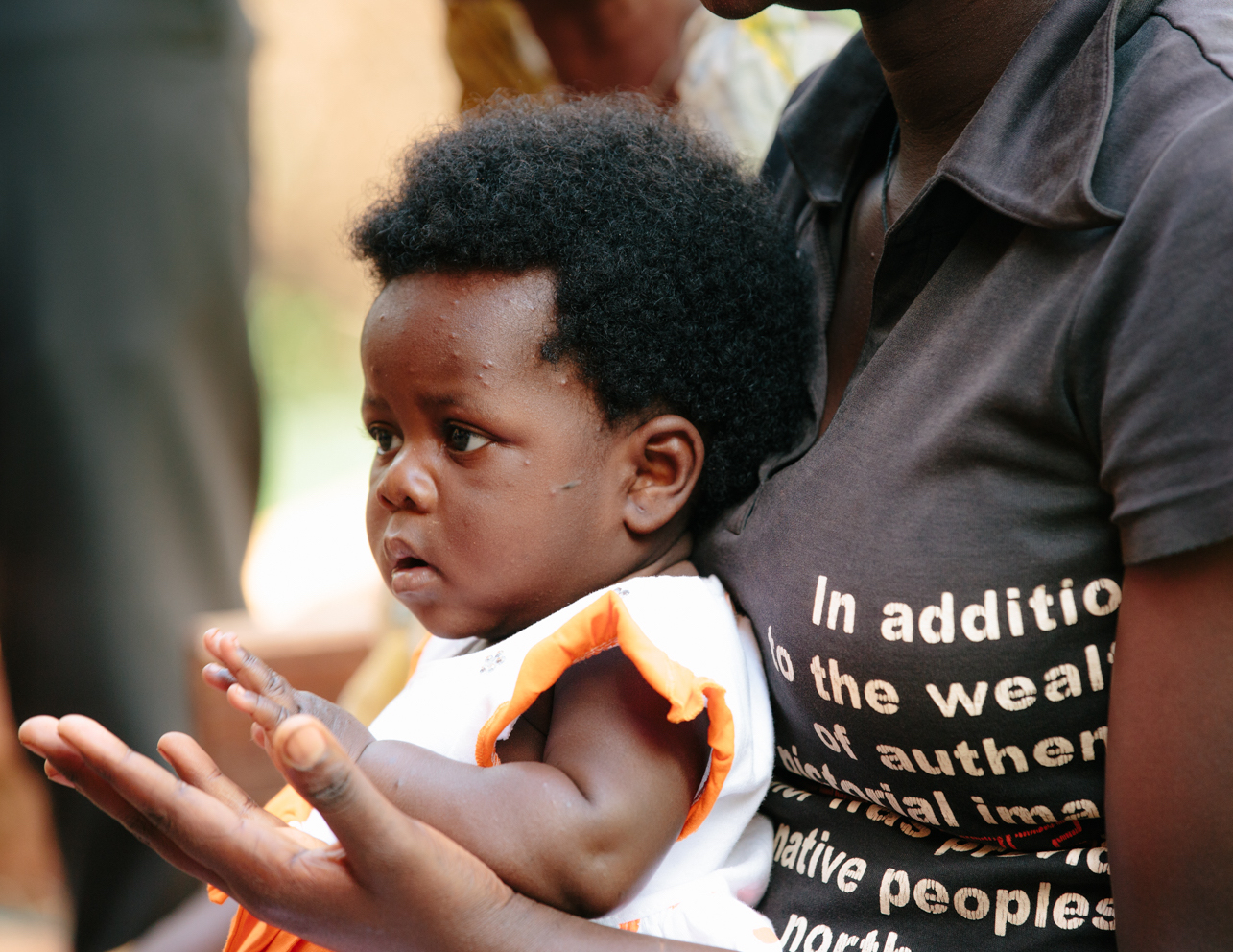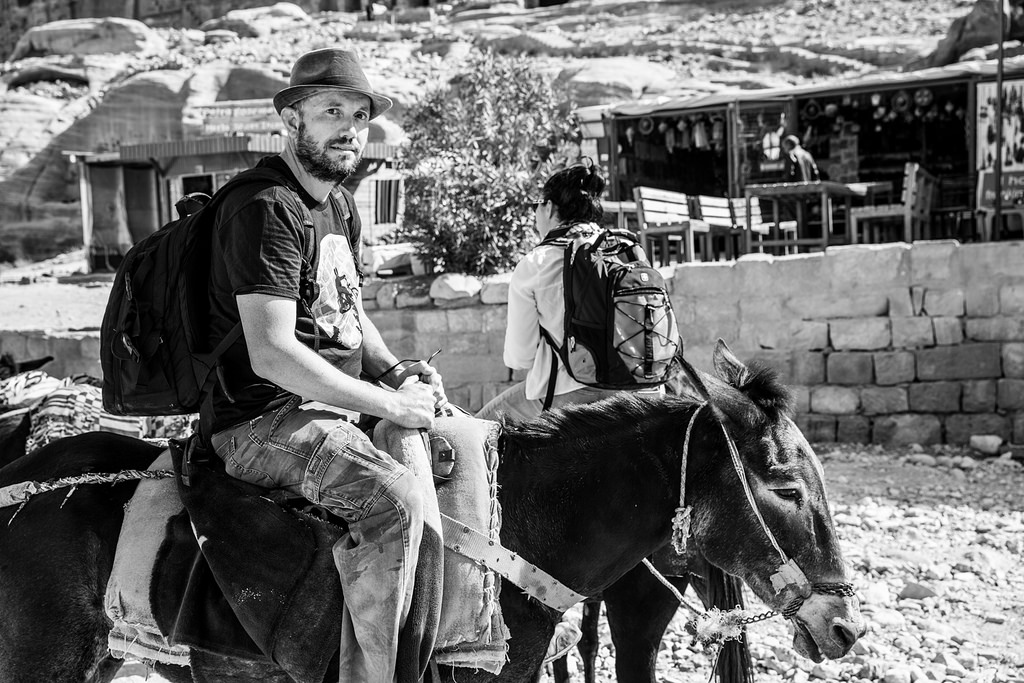Today, I’m introducing you to Pastor John Allen Bankson. I’ve known Bankson for years online as a Twitterer and blogger. But last month, the Mississippi pastor released his new book Rekindling Advent: Rediscovering the Season of Joyful Waiting. I interviewed Bankson about his new book, about Advent, and about how we can engage this season better.
John, why did you want to write about the Advent season?
The old cliché is “write what you know,” and the Church Year is what I know. If you ask anyone who’s known me for any length of time to describe me, the words “very liturgical” are bound to come up. I believe the way the church dramatically enacts the Gospel story systematically throughout the year is one of the most powerful means of communicating that Gospel. The Church Year begins with Advent each year. Yesterday (December 1) was the church’s “New Year’s Day.” Observing Advent can open the door to the richness of the entire Church Year.

For those who either aren’t Christian or didn’t grow up in a church tradition that celebrated Advent, can you offer us some historical understanding of what Advent is and why it’s important?
Let me back up several centuries: in the Hebrew Bible (“Old Testament”), God’s people celebrated two cycles of festivals each year, a fall cycle and a spring cycle. The fall cycle includes Rosh Hashanah and Yom Kippur, and the spring cycle includes Passover and Shavuot (Pentecost). Since Christ’s death and resurrection occurred at the time of the Passover, the early Christians soon reinterpreted that spring cycle of feasts as Christian observances. In fact, in many languages, the word for “Easter” is simply “Passover.” The spring cycle included a season of preparation (Lent), one of celebration (Easter), and one of reflection (the weeks after Pentecost). Around the Fourth Century AD (the 300s), Christians added a winter cycle to sort of match the spring cycle and to fill out the rest of the Gospel story. Just like the spring cycle, this winter cycle included a season of preparation (Advent), a season of celebration (Christmas), and a season of reflection (the weeks after Epiphany). Advent is important to Christmas just as Lent is to Easter. It’s a season of preparation through prayer, Scripture reading and meditation, and even fasting (although fasting is not as much of a component of Advent as it is of Lent).
What about the Church’s celebration of Advent needs rekindling?
For most people, we go from celebrating one thing to celebrating another thing: we go from Halloween to Thanksgiving to Christmas without stopping. Every story has a beginning, a middle, and an end. When it comes to the story of the Incarnation, Advent is the beginning of the story, Christmas is the middle, and Epiphany is the end. We don’t tend to tell the beginning or the end of the story: we only tell the middle part, which is Christmas. If we’re only telling part of the story, we’re not telling it very well. God’s people waited for centuries for the first Advent (coming) of Christ, which is an important part of the story. So is the idea of our being ready for the Second Advent of Christ. That’s one aspect of Advent that really needs rekindling, even among Christians who already observe Advent. It’s every bit as much about the Second Advent as it is about the First Advent.
For American believers, what is the biggest obstacle to us becoming fully engaged in all that Advent represents for us?
Let’s face it: it’s not very enticing to say “Hey! Let’s drape the church in purple and sing stuff in minor keys!” When the whole country around us is already celebrating Christmas, when there is 24/7 Christmas music on the radio, when all the homes, and most of the churches, are fully decked out and in celebration mode, it’s a hard sell to say, “Shouldn’t we prepare before we celebrate, so we can understand what it is we’re celebrating?” The biggest obstacle, though, as I see it, is consumerism. Christmas in America is all about shopping. But in Advent, we read about a God who exalts the lowly and casts down the mighty from their thrones, who fills the hungry with good things and sends the rich away empty. It’s much easier to observe Lent than it is to observe Advent, because our society hasn’t placed such an economic burden on Easter as it has on Christmas. We’re made to believe that not spending as much as we can on Christmas presents makes us bad citizens, because the “shopping season” is so important to our national economy. So engaging in Advent and what it represents is very counter-cultural. It can even be seen as anti-patriotic. The Advent Conspiracy website is a good thing, I think, because it gets people thinking more about helping others than about just buying more stuff.
As a pastor, how has your personal and/or congregational celebration of the Advent season evolved?
Believe it or not (after all I’ve said above), I’m trying to become a little softer around the edges about all this. I think that, for the sake of the Gospel and in order to be engaged with our community, we need to make some allowances. For example, our city’s Christmas parade is on December 7. I could be a curmudgeon and say, “It’s Advent: it’s not Christmas yet” and not go, but we will go and have a good time. Not participating in such community events is the same thing, I think, as turning out your lights and pretending you’re not home on Halloween. We should be good neighbors. We will also have our children’s Christmas pageant at the church during the Advent season, not long before school lets out, so that the children and their families will all still be in town. On Sunday mornings in worship, however, we still try to avoid all the pre-Christmas “Christmasing” that is all around us at this time of year. We will sing things like “Come, Thou Long-expected Jesus” and “People, Look East,” read about Isaiah, about John the Baptizer, about Mary, and all the other stories associated with Advent. One great addition to our Advent observance at the church this year is that we have a prayer station set up in the chapel each Sunday. Before going in to worship, people can stop by the chapel, pick up a prayer card, and engage in an activity. Last week’s theme was “Hope,” so we had people light a candle. This week’s theme is “Peace,” and we will have a bulletin board on which they can write their description of peace.
The Advent Wreath and the Jesse Tree remain powerful symbols of Advent and help us prepare every year. I discuss these in more detail in the book.
Do you have any ideas regarding how we can help our children better comprehend the importance of Christmastime?
I think, if we can pull it off, observing the Twelve Days of Christmas, instead of making Christmas a one-day blowout, can help. If December 26 is the Second Day of Christmas instead of the “day after Christmas,” that can help us take time to unpack the meaning of Christmas and sort of bask in it. Perhaps save one present to be opened on Epiphany (January 6), with a reminder that the Magi brought gifts to Christ. Another idea along these lines is what my friend Meredith Gould calls “the schlep of the Magi”: if you have a creche, start the Wise Men figures far on the other side of the room, and have them make the journey to the creche over the Twelve Days of Christmas, finally arriving at the manger on January 6. Letting Advent be Advent, with the stories of the prophets, of Mary, of Zechariah, etc., allows Christmas Day to be the beginning of something wonderful, rather than the ending. I think this can help children engage with that Gospel story.
What are you most looking forward to this Advent season?
Honestly? Lussekatter (saffron buns) on December 13. That’s St. Lucy’s Day. My family is of Swedish descent (the last name was Bengtsson before it was anglicized), and St. Lucy’s Day is a big deal in Scandinavian countries. Also within Advent is St. Nicholas’ Day (December 6), and I know of many parents who have their children hang up stockings on the night of December 5 to be filled by St. Nicholas. Stockings and presents from St. Nicholas on his day rather than on December 25 is another way some people “reserve” Christmas for Christ and avoid sharing the spotlight with Santa Claus. In some parts of Germany, in fact, St. Nicholas comes on St. Nicholas’ Eve, while the Christmas Eve gifts are brought by the Christ Child, or Christkindl (which is where we get the name “Kris Kringle”).
As a musician, I love the hymns and other music of Advent, and I’m not alone. I know many musicians who prefer the music of Advent and Lent to the music of Christmas or Easter. I don’t know if that says something about the “melancholy” of the artistic temperament or what, but it seems to be pretty common. The overlapping themes of the First and Second Advents of Christ, as well as the themes of longing, expectation, and hope, make for some very engaging music. Certainly more engaging than the 65 different recordings of “Let It Snow” you’ll probably hear on the radio this year.
Rekindling Advent is available now. The Kindle edition is only $2.99 at Amazon.com.
Viagra is for the treatment of inability to get or keep an erection and similar states when erection is of low quality. When you buy remedies like cialis from canada you should know about cialis online canada. It may have a lot of brands, but only one ATC Code. Erectile dysfunction, defined as the persistent impossibility to maintain a satisfactory erection, affects an estimated 15 to 30 millions men in the America alone. Sexual heartiness is an substantial part of a man’s life, no question his age etc.





Thank you! Advent makes so much more sense. I love the concept of winter celebrations to balance out the spring ones.
Thanks for this! Not being of liturgical tradition, I learned a few things!